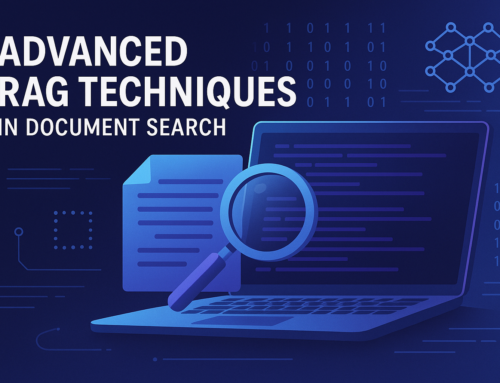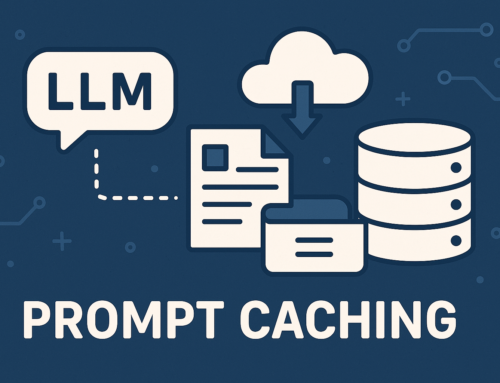Enterprise-Ready MLOps (eMLOps) is composed of layers of services and processes that work together to productionize an ML model in an enterprise environment. (See “Enterprise-Ready MLOps has Layers“.) However, it’s not enough to just think of an eMLOps solutions as being composed of layers (such as the Data Layer, Model Development Layer, Monitoring Layer, etc). Within each of these layers, there are sub-layers or components that contribute to the overall functionality. Let’s break down the Data Layer to illustrate this concept, and then generalize it to other layers.
Data Layer as a Layer of Layers

The Data Layer in eMLOps is responsible for managing all aspects related to data, which is foundational for productionizing machine learning models. This layer can be further decomposed into several sub-layers:
- Data Collection:
- Sources: Collecting data from various sources like databases, APIs, sensors, web scraping, etc.
- Formats: Handling different formats such as CSV, JSON, images, videos, etc.
- Data Storage:
- Data Lake / Data Warehousing: Using centralized storage systems like data lakes, databases, or cloud storage to store large volumes of data.
- Data Versioning: Implementing version control for datasets, ensuring reproducibility of experiments.
- Data Preprocessing:
- Data Cleaning: Handling missing values, outliers, and duplicates.
- Feature Engineering: Creating new features, transforming existing features, and selecting relevant features.
- Normalization/Scaling: Standardizing data to ensure that features contribute equally to the model.
- Data Labeling:
- Manual Labeling: Annotating data manually, often necessary for supervised learning.
- Automated Labeling: Using pre-trained models or algorithms to label data automatically.
- Label Validation: Ensuring that labels are accurate and consistent.
- Data Governance:
- Data Security: Implementing access controls, encryption, and other security measures.
- Data Privacy: Ensuring compliance with regulations like GDPR by anonymizing or pseudonymizing data.
- Data Lineage: Tracking the origin and transformations of data throughout its lifecycle.
- Data Quality Management:
- Data Consistency: Ensuring that data is consistent across different sources and formats.
- Data Accuracy: Regular checks and validation to maintain high data quality.
- Data Availability: Ensuring that data is accessible when needed.
Other Layers as Layers of Layers

eMLOps – layers of layers
This layered approach also applies to other components of eMLOps:
- Model Development Layer:
- Algorithm Selection: Choosing appropriate machine learning algorithms.
- Model Training: Implementing training processes, including hyperparameter tuning.
- Model Validation: Validating models using techniques like cross-validation, k-folds, etc.
- Model Interpretability: Implementing tools and techniques to understand model decisions.
- Model Deployment Layer:
- Model Packaging: Packaging the model into a deployable format.
- Model Serving: Setting up APIs or endpoints to serve the model for inference.
- Model Monitoring: Implementing monitoring systems to track model performance in production.
- Model Versioning: Managing different versions of the model to ensure that updates are controlled and tracked.
- DevOps Layer:
- Continuous Integration/Continuous Deployment (CI/CD): Automating the deployment pipeline.
- Infrastructure as Code (IaC): Managing infrastructure using code for consistency and scalability.
- Monitoring and Logging: Tracking the health and performance of the deployed models and infrastructure.
- Security and Compliance: Ensuring that all operations are secure and compliant with regulations.
Summary
Each layer in eMLOps can be seen as a composite structure consisting of multiple sub-layers, each focusing on a specific aspect of the layer’s primary function. Understanding these sub-layers allows for better design, implementation, management, and optimization of the eMLOps solution, ensuring that machine learning models are not only developed effectively but also deployed, monitored, and maintained efficiently in an enterprise environment.
It may not be necessary to break down every project into multiple layers and sublayer, especially in the early stages of productionization. However, as the solution matures, it may be necessary to add new layers to the solution or subdivide the existing layers into sublayers in order to properly mature the solution.





